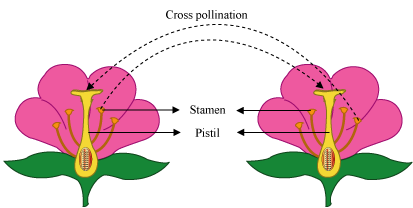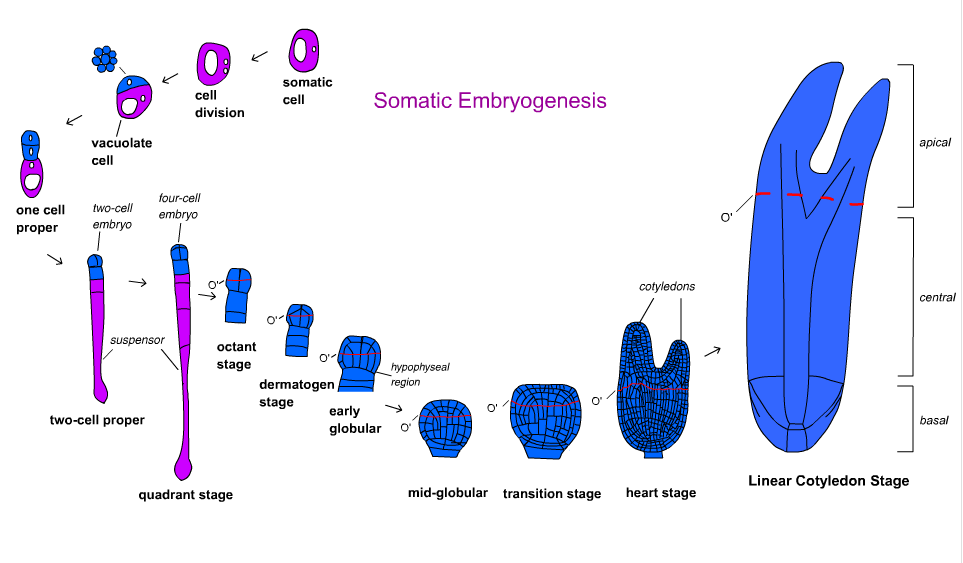Week 5
Good morning everyone. we meet again for my week 5. For week 5 i learn about pollination and development of plant embryo. Actually in week 5 i have test 1 on Thursday. I feel a little bit scare because i still have so many topic to study. On Tuesday i learn about the topic i mention earlier.
let get started...
So what is pollination???Pollination is the process by which pollen is transferred to the female reproductive organs of a plant, thereby enabling fertilization to take place. pollination have two type which is self-pollination and cross-pollination
Self-pollination is occur when anther and stigma is on one same flower. Meanwhile for cross-pollination the anther and stigma is on different flower. For cross-pollination occur, it need a agent to
transfer of pollen from the male reproductive organ (an anther or a male cone) of one plant to the female reproductive organ (a stigma or a female cone) of another plant. the agents can be insects and
winds.
before i start with the double fertilization i share with you life cycle of angiosperm. double fertilization occur when the pollen tube discharges two sperm into the female gametophyte within an ovule
this is the image of double fertilization.
What is double fertilization?? Double fertilization is a complex fertilization mechanism of flowering plants (angiosperms). This process involves the joining of a female gametophyte (megagametophyte, also called the embryo sac) with two male gametes (sperm). After pollen is deposited on the stigma, it must germinate and grow through the style to reach the ovule. The microspores, or the pollen, contain two cells: the pollen tube cell and the generative cell. The pollen tube cell grows into a pollen tube through which the generative cell travels. The germination of the pollen tube requires water, oxygen, and certain chemical signals. As it travels through the style to reach the embryo sac, the pollen tube's growth is supported by the tissues of the style. During this process, if the generative cell has not already split into two cells, it now divides to form two sperm cells. The pollen tube is guided by the chemicals secreted by the synergid present in the embryo sac; it enters the ovule sac through the micropyle. Of the two sperm cells, one sperm fertilizes the egg cell, forming a diploid zygote; the other sperm fuses with the two polar nuclei, forming a triploid cell that develops into the endosperm.

zygotic embryogenesis in plant.
somatic embryogenesis in plant.
after fertilization, occur plant embryogenesis. Plant embryogenesis is the process that produces a plant embryo from a fertilized ovule by asymmetric cell division and the differentiation of undifferentiated cells into tissues and organs. It occurs during seed development, when the single-celled zygote undergoes a programmed pattern of cell division resulting in a mature embryo there are two type of plant embryogenesis which is zygotic embryogenesis and somatic embryogenesis.
For the zygotic embryogenesis and somatic embryogenesis we do the venn diagram in group.
here is what our group writes. hehehe.. source is from google.
This on all i learn on the week 5. on Thursday i take test 1. i think i do very bad for my test 1. i hope i can learn from my mistake. Actually week 5 is very stress week because i have so many test on week 5. Actually this topic is i hate the most in biology because it so hard for me to understand about double fertilization. T_T Because of that i hope i can more understand about the double fertilization.






Tiada ulasan:
Catat Ulasan